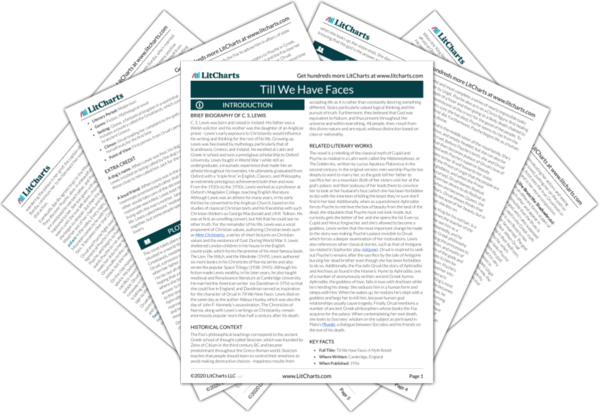The Priest of Ungit Quotes in Till We Have Faces
And when the Brute is Ungit it lies with the man, and when it is her son it lies with the woman. And either way there is a devouring... many different things are said... many sacred stories... many great mysteries. Some say the loving and the devouring are all the same thing. For in sacred language we say that a woman who lies with a man devours the man.
I, King, have dealt with the gods for three generations of men, and I know that they dazzle our eyes and flow in and out of one another like eddies on a river, and nothing that is said clearly can be said truly about them. Holy places are dark places. It is life and strength, not knowledge and words, that we get in them.

The Priest of Ungit Quotes in Till We Have Faces
And when the Brute is Ungit it lies with the man, and when it is her son it lies with the woman. And either way there is a devouring... many different things are said... many sacred stories... many great mysteries. Some say the loving and the devouring are all the same thing. For in sacred language we say that a woman who lies with a man devours the man.
I, King, have dealt with the gods for three generations of men, and I know that they dazzle our eyes and flow in and out of one another like eddies on a river, and nothing that is said clearly can be said truly about them. Holy places are dark places. It is life and strength, not knowledge and words, that we get in them.
















